
Dr. Martens champions sustainable fashion
Genix Nappa, a new material made of leather offcuts, aims to reduce waste
As beauty takes a step forward and we look ahead into the New Year, customers will be asking questions of brands, and the industry as a whole, looking to them to lead the way in diversity, inclusivity and technology.

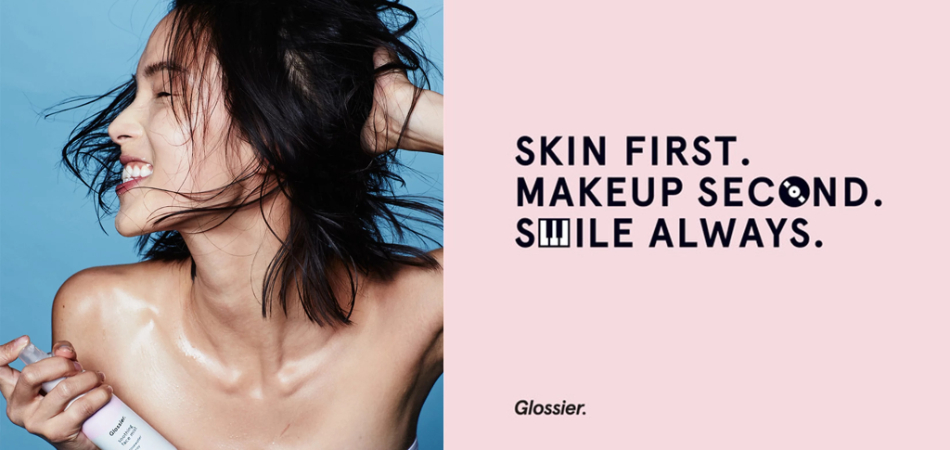
2017 was the year that beauty boomed, digitally. New brands were built, supported and run across social media; make-up artists and celebrities used their own platforms to launch collaborations and brands; and technology allowed customers to virtually, and physically, experience products like never before. The big players, who for so long have ruled the roost, now have some serious competition.
Among this competition are brands built online to reflect their real world audience. Glossier, the millennial pink, community-orientated skincare and beauty range that launched in the US in 2014, is a beauty brand that puts skincare before make-up, reality before filters.
Glossier’s power came through online content, fuelled by the brand's community, on whose opinions the company was built. Glossier launched on Instagram and had over 100,000 followers before they had even created a product. Their business model was founded on word-of-mouth recommendations; on customers sharing with one another. And on the appeal of their visual, Instagramable world. As the Founder and CEO Emily Weiss said, “Commerce is being democratised,” and that applies to both the online and offline spheres.
Many a beauty brand has attempted to embrace diversity authentically. But it was something that Rihanna’s beauty line Fenty Beauty totally embodied. The range, created in collaboration with LVMH, is luxurious and truly inclusive, catering for all different types of skin tone with over 40 different shades of foundation. As the industry, and the world, takes a closer look at diversity, Fenty highlighted the importance of inclusivity.
Beauty companies have also started to pair creativity with newer technology, leveraging the tech to converse with their customers, however and wherever they want. For example, the skincare brand Estée Lauder encouraged their customers to consult Google Home on their skincare routines. When you say “Google, can I talk to the Estée Lauder Night-time Expert?” you’re then asked a series of questions that will generate personalised product recommendations and tips.
As beauty takes a step forward and we look ahead into the New Year, customers will be asking questions of brands, and the industry as a whole, looking to them to lead the way in diversity, inclusivity and technology. Below we’ve picked out some of the trends prevalent across the beauty industry and the brands successfully embracing the changing landscape.
The world is diverse, but many, if not most, beauty brands are not. Campaigns, and the brands themselves, have consistently maintained that it is relatively easy to find the right shade of foundation or a lipstick to suit your skin tone. But what happens if your skin tone doesn’t match that of the carefully airbrushed celebrity fronting a beauty campaign?
The Brooklyn Brothers and Lancôme celebrated the power and diversity of 40 Beauty Advisors in their campaign 40 Shades, 40 Powers. The Beauty Advisors were women of every colour, race, age, background and ability. Each woman chose their shade and then revealed their unique power, whether that was practising human rights law, DJ-ing or engineering.
A similarly inclusive campaign came from McCann London, who worked with L’Oréal on their True Match foundation campaign. They changed the company’s famous tag line to “Because we are all worth it” to celebrate diversity. The foundation covers 23 different skin tones and the ad features 23 ambassadors for diversity from model and campaigner Katie Piper to long-time ambassador Cheryl Tweedy and TV host AJ Odudu.
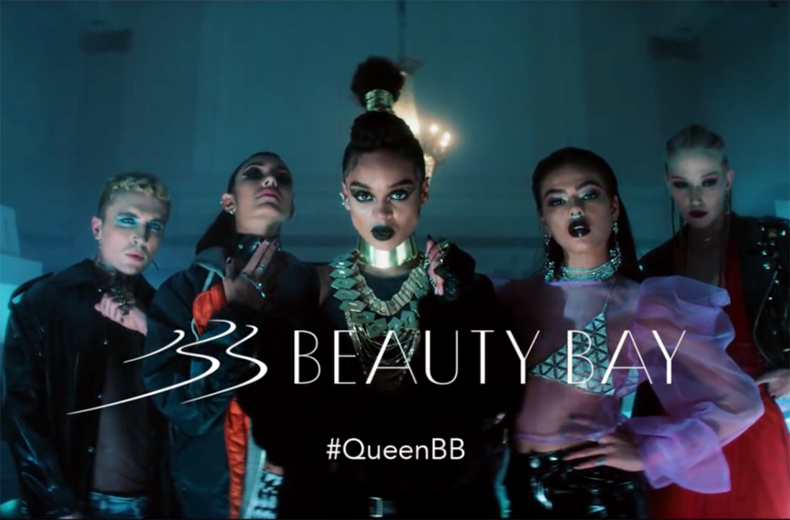
Beauty stereotypes may differ from country to country, region to region and even from family to family. But the way beauty is reflected in advertising and communications has been pretty consistent for decades. But now many brands are recognising that this is no longer acceptable and are choosing to forgo the ‘usual’ emulations of beauty.
For the cosmetics retailer Beauty Bay, Therapy created their TV-first campaign, There’s a New Queen in Town. The slot smashes the stereotypes of ‘acceptable beauty’ in a bold shout-out to those for whom make-up is a way of life as much as it is a form of expression.
And it's not always beauty stereotypes that beauty brands set out to change. The Japanese beauty brand SK-II launched their campaign (F)empowerment to explore the societal pressure many Asian women face to marry before they are 30. Unmarried or single women in China are referred to as 'sheng nu' or ‘leftover women’ with the emphasis placed by society on their role as mother and wife. SK-II’s campaign encouraged women, and the society they live in, to update the way they think.
The announcement was not a surprise when it came. But the news that David Beckham has launched a men’s grooming brand called House 99 in partnership with L’Oréal is another glossy reminder of how beauty is not, and has never really ever been, all about women.
One area in which the male grooming industry has grown is with the onslaught of exquisitely shaped facial hair seen on every other man you walk past. Hotwire worked with Bic Shave Club to launch the brand in the UK, exploring the power of experimentation and revealing the future of facial hair.
Altr, a new skincare range for men, brought Equator on board to propel their image into the social limelight. Launching with a moisturiser and a product similar to concealer called Face Fix, the brand is looking to bring make-up for men into popular consumption.
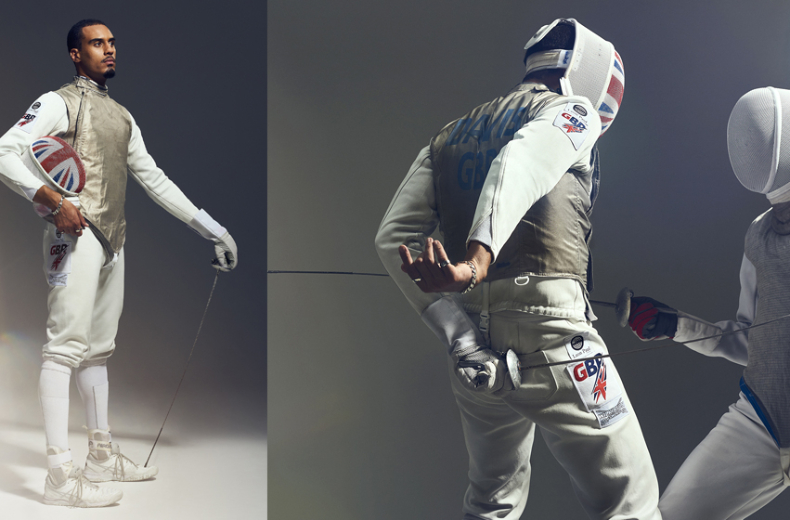
Beauty brands have been embracing the power of celebrity for decades, with the most recent announcements coming that the actress, activist and model Emily Ratajkowski is the new face of hair care brand Kérastase, Wonder Woman Gal Gadot is a new face of Revlon and the actress Winona Ryder is fronting the ‘Comeback’ campaign for L’Oréal Elvive haircare. It helps to have a recognisable face on your adverts.
Many celebrity endorsements can bring a level of aspiration to a brand; if you see someone you admire and trust using a brand, you would be more likely to invest in the products. We Launch worked with Wilkinson Sword to launch a new range of men’s grooming products with British Olympic fencer James-Andrew Davis as the face of the range. Davis, who represented Britain at the London 2012 Olympics, is posited as a figure of aspiration both for his sporting, and grooming, prowess.
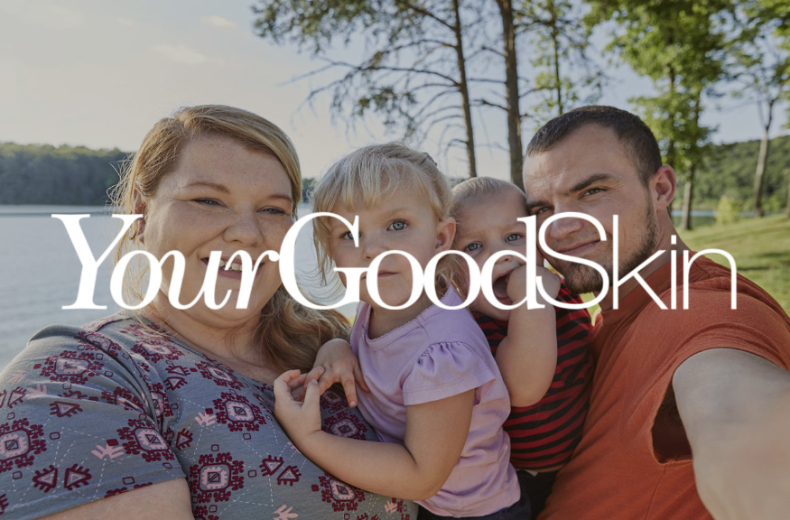
When you build a brand off the back of community opinion, you tend to create a fairly solid foundation on which to launch sucessfully. Boots recently released a new range of skincare called Your Good Skin, the first own brand from Boots for nearly 15 years, working with Studio of Art and Commerce on a series of mini documentaries to accompany the launch. Boots conducted a study over two years with a group of women who tried and tested the products and then passed their feedback onto the cosmetic scientists and dermatologists in the lab.
The beauty conglomerate Sephora launched an online community platform Beauty Talk after thousands of customers left online reviews and comments on the brand’s website. The platform, which is now known as Beauty Insider Community, is a functioning online space where customers can share tips and tricks and, most importantly, find answers to their product-related queries.
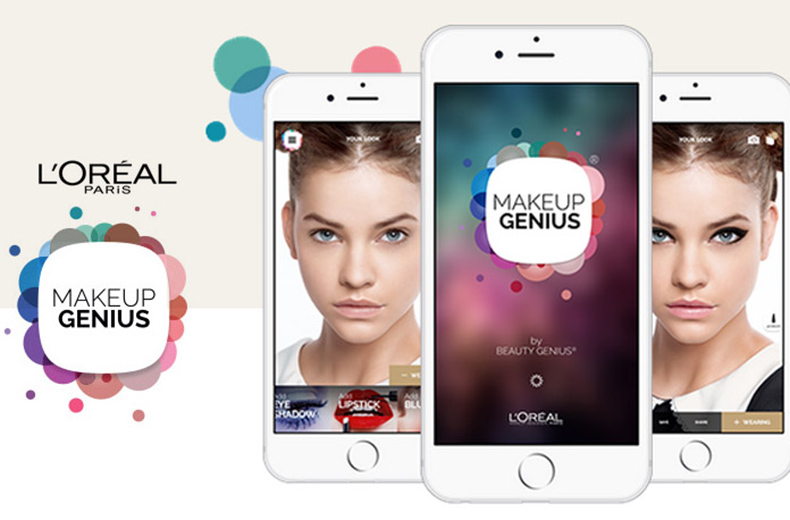
The modern beauty experience and journey now includes virtual and augmented reality as much as it does physical pop-up shops and live events. L’Oréal’s Makeup Genius app allows people to virtually test beauty products both at home and in the store. Customers can either then buy products directly through the app or scan and select the products they want in store.
Alongside trying on the make-up, there is data to be gleaned for brands from the time individuals spend using the tools. The make-up brand Smashbox teamed up with the AR company ModiFace to launch an AR tool that looks at how much time users spend ‘eyeing’ up products. The tool allows users to virtually try on make-up and in the process brings them closer to the products, and to the brand itself.
Looks like you need to create a Creativebrief account to perform this action.
Create account Sign inLooks like you need to create a Creativebrief account to perform this action.
Create account Sign in